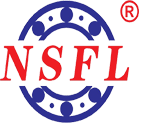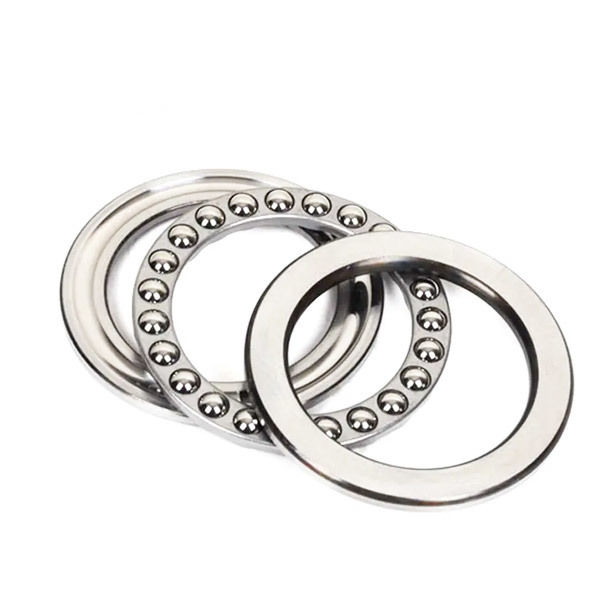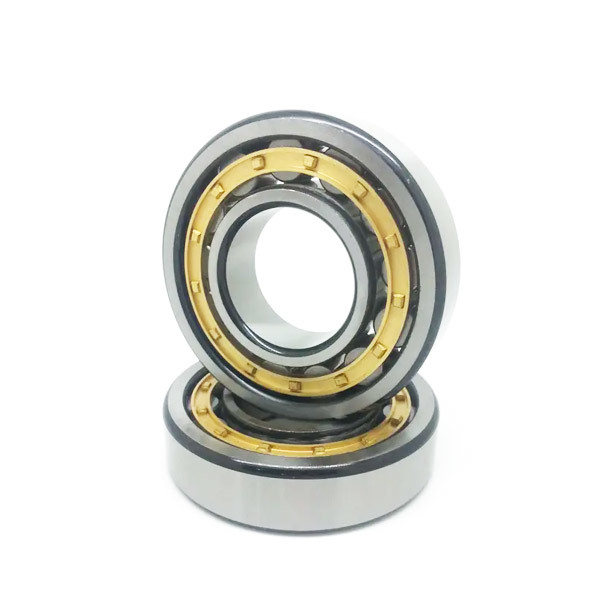09
2025
-
08
Understanding Thrust Roller Bearings: Essential Insights for Industrial Applications
Thrust roller bearings are a vital component in various industrial machinery, designed to support axial loads while allowing for rotational motion. Unlike traditional radial bearings, which primarily handle loads perpendicular to the shaft, thrust roller bearings are specifically engineered to manage loads acting parallel to the shaft. This unique capability makes them essential in applications wh
One of the significant advantages of thrust roller bearings is their ability to accommodate heavy axial loads. They consist of cylindrical rollers arranged in a manner that allows them to effectively distribute stress and minimize friction. This design not only enhances performance but also extends the lifespan of the bearing, making it a cost-effective choice for many industrial applications. Additionally, thrust roller bearings can operate at high speeds, providing flexibility in various operational environments.
There are two primary types of thrust roller bearings: cylindrical and spherical. Cylindrical thrust roller bearings are widely used due to their straightforward design and effectiveness in handling axial loads. They are ideal for applications where the direction of the load is constant. On the other hand, spherical thrust roller bearings are more versatile, as they can accommodate misalignments, making them suitable for applications where shaft misalignment is a concern.
When selecting thrust roller bearings for specific applications, it is crucial to consider several factors, including load capacity, speed, and environmental conditions. Proper lubrication plays a significant role in ensuring optimal performance and longevity of the bearings. Manufacturers often recommend specific lubricants that are compatible with the bearing materials and operational requirements to minimize wear and tear.
Moreover, maintenance practices are essential for thrust roller bearings to function efficiently over time. Regular inspections, monitoring for any signs of wear, and timely lubrication can prevent unforeseen failures and extend the life of the equipment. Proper installation is also critical; ensuring that the bearings are aligned correctly can dramatically reduce the risk of damage and enhance operational efficiency.
In conclusion, thrust roller bearings are indispensable in industrial applications where axial loads are prevalent. Their design, which allows for the effective management of these loads, alongside proper maintenance and lubrication, can ensure optimal performance in various machinery. Understanding the characteristics and applications of thrust roller bearings enables engineers and technicians to make informed decisions that enhance the reliability and efficiency of their equipment.
10% DISCOUNT FOR NEW CUSTOMERS

WhatsApp:+8613211157555
Tel: +8613211157555
Address:Room 1106, 11th Floor, No. 23, Fengshan West Road, Jinbang Community, Daliang Street, Shunde District, Foshan City, Guangdong Province
Copyright 2025 Schaeffler (Guangdong) Transmission Technology Co., Ltd. SEO Business license




